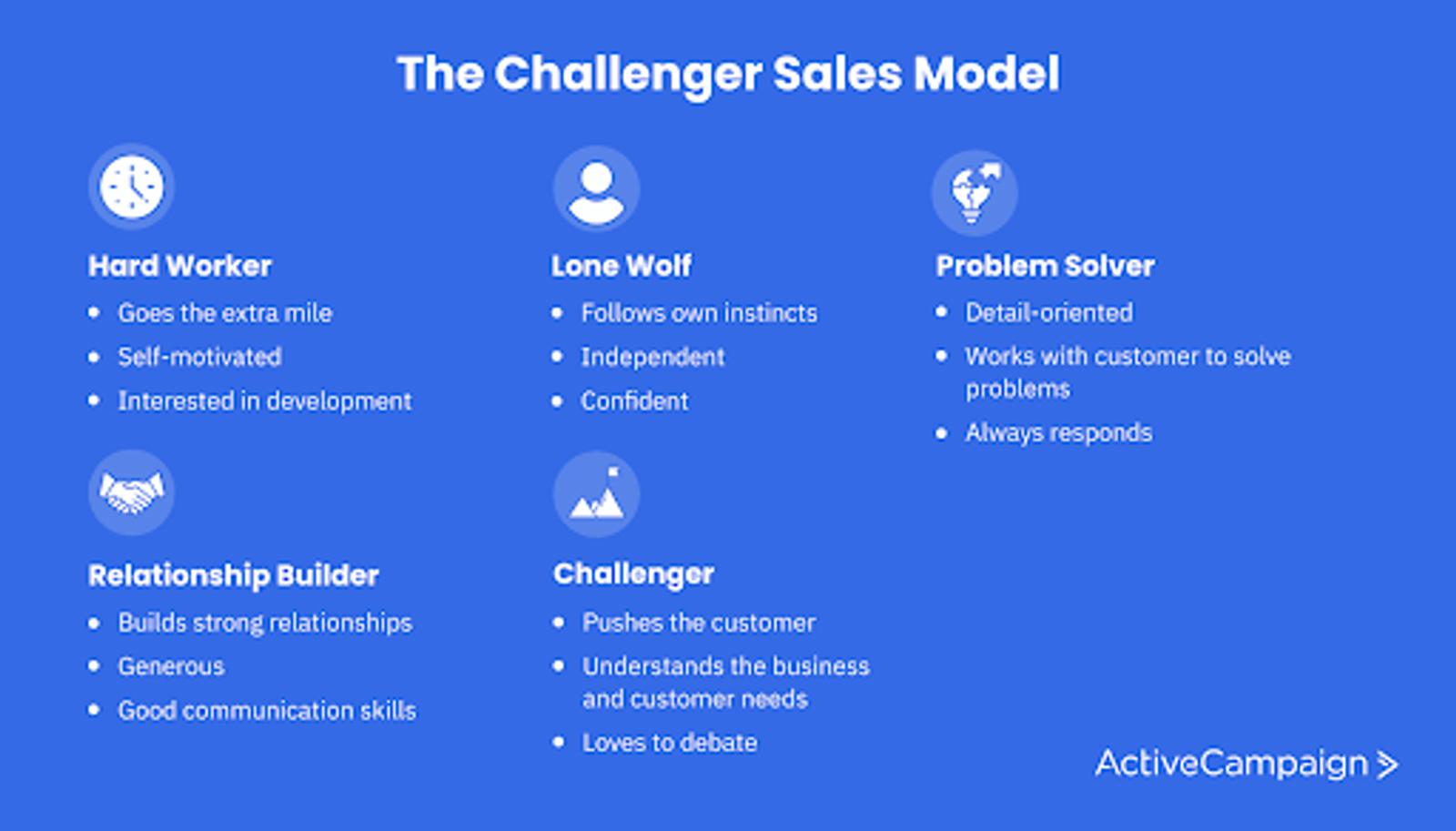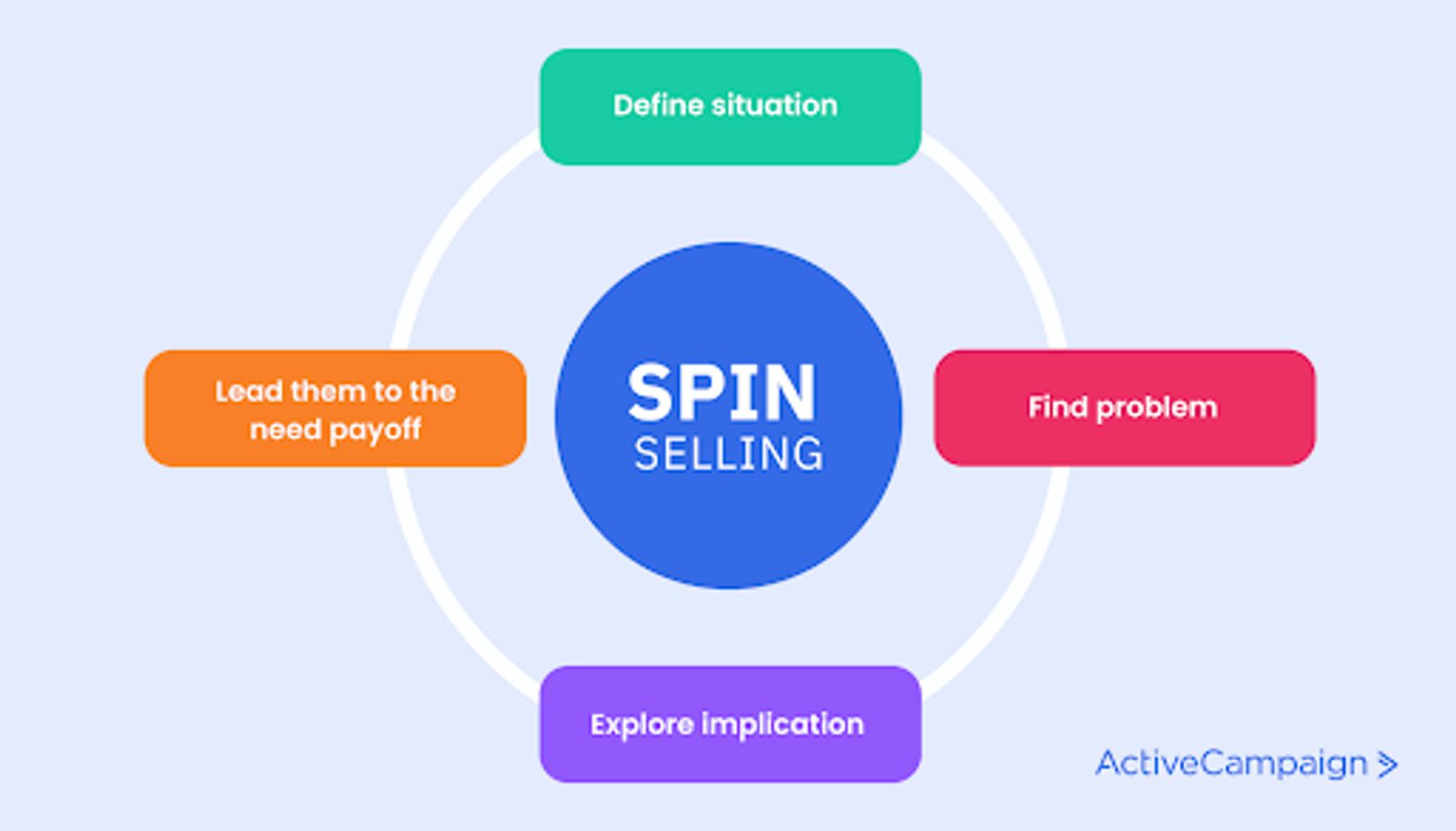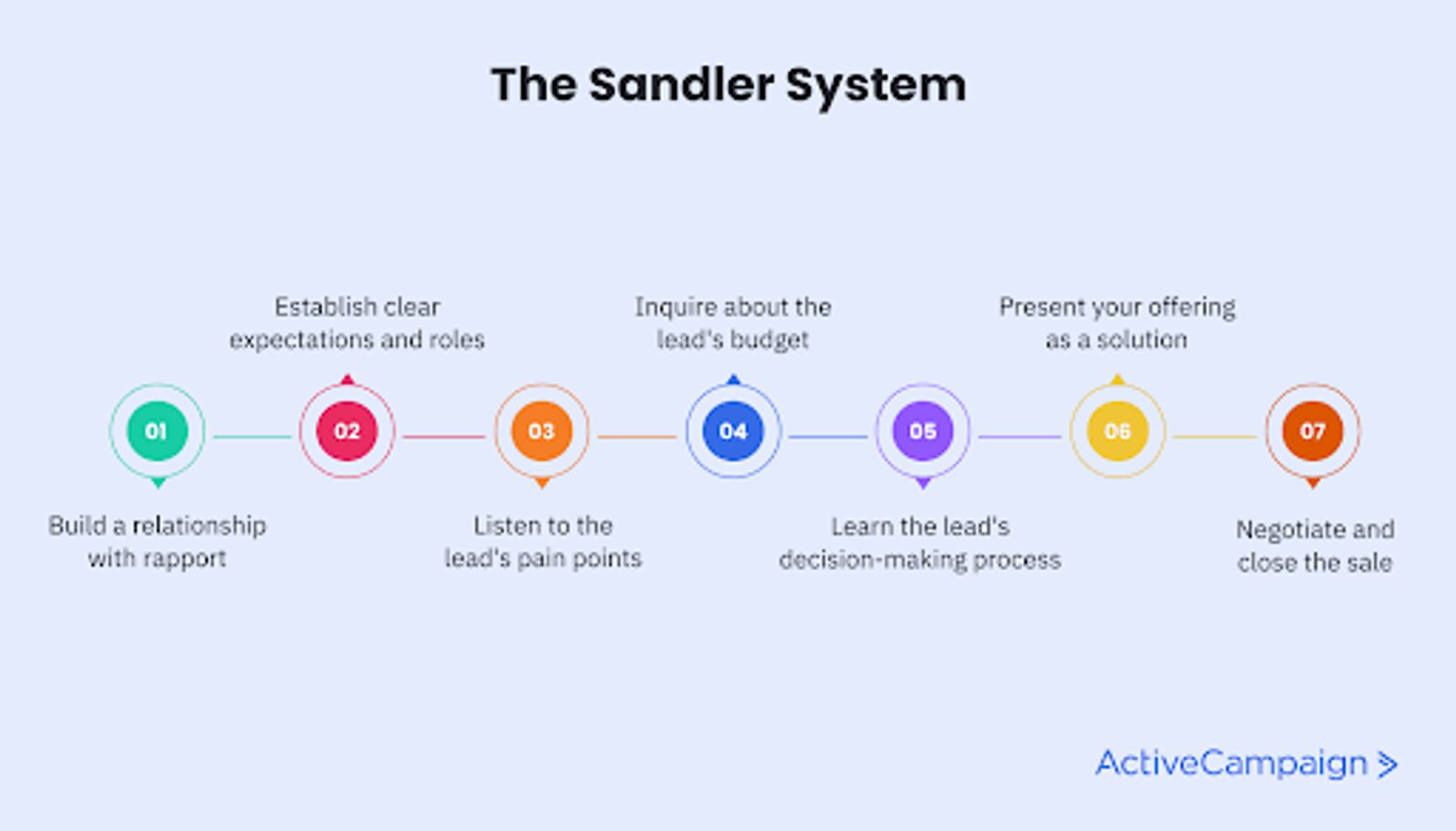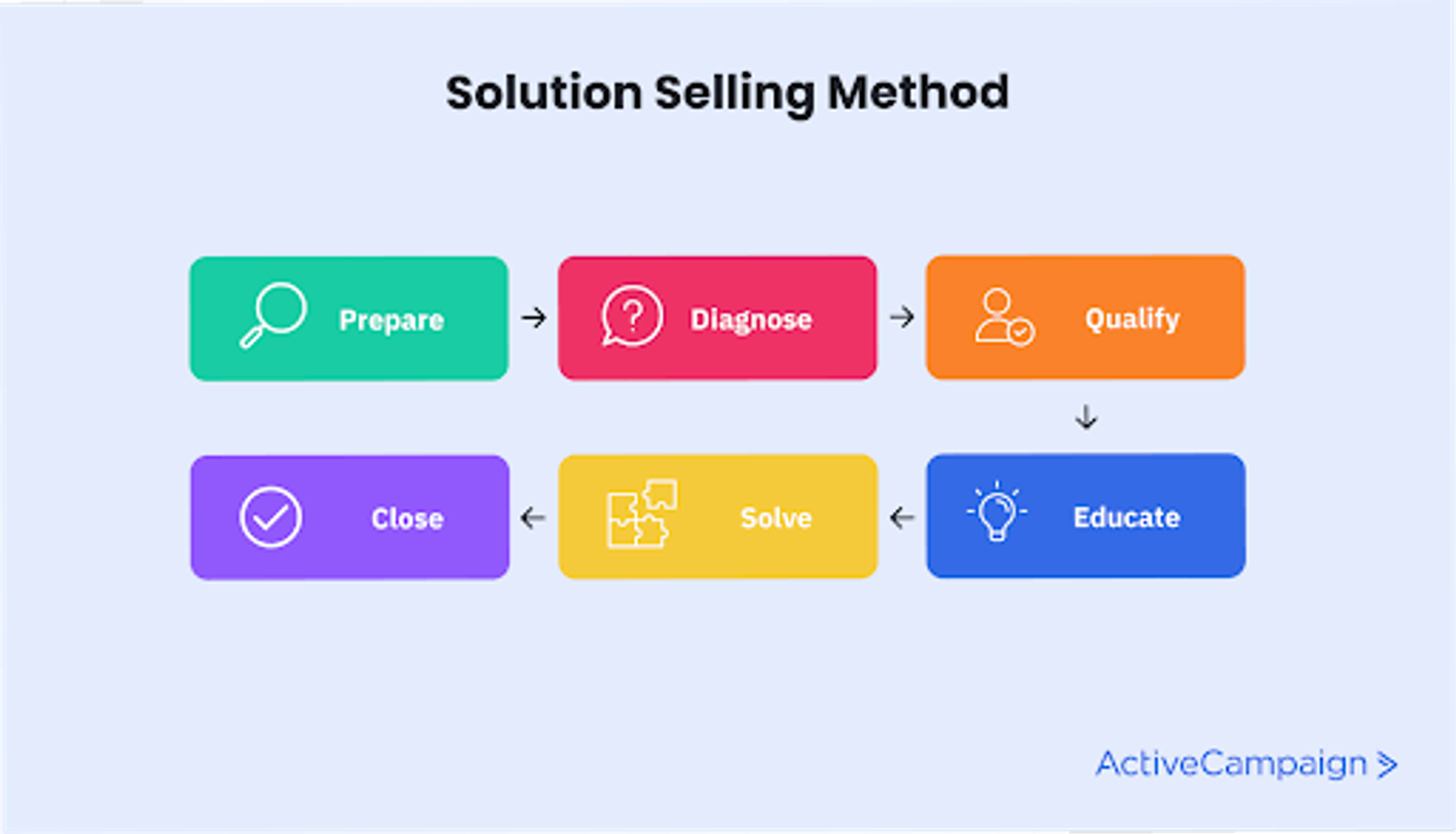Imagine this: a new lead speaks with a salesperson about your product and has an engaging discussion where the salesperson listens to their problem and works hard to find a solution.
However, when the lead returns to make a purchase, a second salesperson hits them with a hard sell, scaring them off.
Neither sales rep was in the wrong here, but something key is missing from this sales department's process: a sales methodology. Sales methodologies guide how sales teams engage with leads to ensure customers have a positive experience that aligns with the brand's goals and vision.
So, what exactly is a sales methodology, and what does each methodology entail?
In this article, we'll cover six methodologies to try and explain how you can implement them into your business smoothly.
What is a sales methodology?
A sales methodology is a collection of guiding principles that define how a brand wants salespeople to approach sales conversations with leads and returning customers. A sales methodology provides guidance on:
- When salespeople should begin discussions around price, features, and use cases
- Who should speak more in a sales conversation
- Lead generation and nurturing
- How salespeople should approach customers' pain points, problems, and potential solutions
- Which parts of your sales process you can automate (and which you can't)
- How customers should feel during sales interactions

People often confuse "sales methodology" with "sales process," though they are very different.
A sales methodology is an underlying theoretical philosophy people refer to for sales tactics and methods. A sales process outlines the individual steps leads take to buy from a particular brand.
"Brand" is key here, as you may use the same sales methodology as other brands in your industry. Still, your sales process will be unique depending on your product or service.
Your sales methodology is part of your brand's overall sales and marketing vision. It's not a strict checklist you need to follow. Instead, it's like your positioning strategy or customer service principles—a tool taught to new and experienced salespeople that they can turn to when they face challenges.
So, what can this tool do for you?
Why you need a sales methodology
Implementing a sales methodology into your business is valuable because:
- It gives customers a standardized experience no matter which representative they speak with.
- You can hire new salespeople based on how well they align with your methodology.
- It'll make your standard selling process easier for salespeople to follow.
- It can help you develop a customer-centric sales funnel.
- It's a useful training tool for onboarding new staff.
- It can help you assess your sales performance.
- It'll make it easy for other departments to understand how the sales department operates (this is especially important for synchronizing your marketing and sales activities).
Your sales methodology is flexible, not fixed. You can build on it as your business and customer base grows.
Ready to reply to difficult emails with confidence? Get 6 FREE email reply templates here!
How do you develop a sales methodology?
While the best methods vary based on your industry, product, and target market, you can implement a sales methodology by following this process:
Step 1. Map your current sales processes. This map should include how salespeople meet leads, key touchpoints in contact between the lead and salespeople, and when the salesperson presents the brand's solution.
Step 2. Understand what customers respond to. For example, do they prefer to have a casual conversation, present a problem, compare your brand's offering to competitors with standardized factors, etc.?
Step 3. Identify a sales methodology that suits your current sales process and customers' preferences. To help with this, we'll list six possible methodologies in the next section.
Step 4. Craft materials that describe your methodology and how salespeople can implement it. Then, provide documentation and training to your sales teams.
Step 5. Assess how well your sales methodology works for your business by speaking with salespeople and customers. Then, adjust how you implement your methodology based on their answers.
When a B2B sales organization learns about the benefits of sales methodologies, they often ask, "What is the most effective sales methodology for selling services?"
For selling services to other companies, you might want to implement a solution selling approach, acting as a guiding consultant — we cover this in the next section.
But that’s not going to work for everyone. The best sales methodologies for your company depend on your industry, product, and target market. A farming tools outlet store will have a different approach that works more effectively for them.
Next, we’ll explore some of the best sales methods in 2022.
Start Implementing Your Sales Methodology Today
Six best sales methodologies to consider for your business
Now that we've covered the basics of sales methodologies, here are six of the best methodologies to consider for your business:
1. The challenger sales model
Debuted in the book "The Challenger Sale: How To Take Control of the Customer Conversation" by Brent Adamson and Matthew Dixon, the challenger model argues that salespeople fit into five roles. These roles are:

All these roles have their strengths, but the most successful among them is the challenger. Within a Gartner study of 6,000 sales representatives, salespeople who filled the challenger role represented 39% of top-performing salespeople.
Challengers are successful because they use their knowledge, confidence, and experience to challenge customers' worldviews after building rapport. This approach is designed to be persuasive and tells customers why they should buy from your brand (instead of letting them control the conversation).
As you might imagine, the challenger model relies on hard-selling and the salesperson's ability to build trust with leads by conveying authority.
It's best suited to industries where leads do a lot of research before speaking with salespeople. This is because the challenger can come into the conversation, disrupt the customer's perception of the market, and sell them on your brand's solution.
2. SNAP selling
Like the challenger sales model, SNAP selling also comes from a book — "SNAP Selling: Speed Up Sales and Win More Business with Today's Frazzled Customers" by Jill Konrath.
The SNAP selling model relies on the idea that leads are frazzled, busy, and juggling a long to-do list with competing priorities. The model says that salespeople should cut through this chaos by providing only the most essential information the lead needs to choose an offering. Presenting simple information only presents your brand as the most straightforward solution, making it easy for leads to say "yes."

SNAP is an acronym for the four principles of the model. These are:
- Simple: salespeople should keep things simple and concise. Otherwise, leads will move on to a more straightforward solution.
- iNvaluable: the sales rep should act as the lead's "person on the inside" who is solving the problem for them. The lead should always see the salesperson as an expert.
- Aligned: the salesperson needs to ensure the offering aligns with the customer's needs, expectations, and values.
- Priority: your sales team should only present the lead with the most important decisions.
The SNAP selling methodology relies on soft selling. It's best suited for those selling a solution to customers with limited experience in the field (like Software-as-a-Service (SaaS) companies, for example).
3. SPIN selling
Neil Rackham developed the SPIN selling model in 1988 and presented it in the book "Spin Selling."
Rackham studied 10,000 salespeople in 23 countries and determined that customers buy solutions to their problems (not products or services). His methodology is based on this perspective and argues that salespeople should follow four steps to sell a solution:

At each of these steps, Rackham recommends salespeople ask themselves different questions and approach the lead accordingly. For each stage, these confirmation questions include:
- Situation questions like, "What is the lead's current situation, and what resources and processes do they have to fix it?"
- Problem questions like, "How does the lead's situation cause a pain point?"
- Implication questions like, "How will the pain point get worse if not addressed?"
- Need-payoff questions like, "What would a solution to the situation look like?"
SPIN selling is another soft-selling methodology. It's best suited to companies looking to secure long-term, recurring customers — like those buying subscriptions, software, and services.
Your product only gets one first impression. Make it count with our FREE product sheet template!
4. The Sandler system
The Sandler system came from David Sandler in 1957. Sandler later built Sandler Training which still trains sales professionals today.
The Sandler system is based on the idea that aggressive hard selling makes potential customers feel defensive, frustrated, and annoyed. So, instead of using a confronting strategy, the system proposes that the sales rep walk the lead through seven basic stages. These are:

The Sandler system emphasizes that salespeople should prioritize relationship-building above all else. It relies on soft selling and is suited to brands that dedicate time to building relationships (including small or localized businesses).
5. Solution selling
Solution selling (sometimes called "solution-based selling") is a methodology that frames all sales discussions around providing the perfect solution to a lead's pain point.

There are six steps in this methodology, including:
- Prepare. The salesperson researches the lead.
- Diagnose. The salesperson finds the problem.
- Qualify. The salesperson determines if the prospect is a Sales Qualified Lead (SQL) who can make a purchase.
- Educate. The salesperson teaches the lead how your offering resolved similar problems. They might use case studies, testimonials, reviews, or statistics.
- Solve. The salesperson shows the lead how your brand's offering can solve their problem specifically.
- Close. The salesperson guides the lead through the sale.
Solution selling is education-oriented — similar to conceptual selling — and gives leads detailed information to make an educated decision. It relies on soft-selling and suits ecommerce and SaaS businesses that offer customized services or pricing plans.
6. MEDDIC
Developed by a team from Parametric Technology Corporation in the 1990s, MEDDIC helps salespeople and marketing professionals qualify potential leads. The acronym MEDDIC stands for:

Each of the words in MEDDIC also describes a lead qualifying guideline. These guidelines are:
- Metrics = find a quantifiable thing leads get from your brand
- Economic buyer = determine who makes purchasing decisions for your leads
- Decision criteria = find the factors leads use to make decisions
- Decision process = learn how leads make decisions
- Identify pain points = find leads' pain points and their triggers
- Champion = find someone in the leads' lives who will champion your cause
MEDDIC is best suited to B2B or B2G companies because it assumes that the potential buyer is a decision-maker for their organization. It also accounts for involvement from other parties (like coworkers, bosses, and upper management).
Choosing the right sales methodology for your business
Unfortunately, you can't just randomly select a sales methodology and expect everything to run smoothly.
For example, suppose you are a small business. In that case, you'll need to choose a methodology that small sales teams can implement with limited resources. And that’s different from what will work for an enterprise.
To help you find the best methodology for your business, here's a chart comparing the six popular sales methodologies covered in this article:
| Sales Methodology | Benefits | Disadvantages | Best Suited For |
| The challenger sales model | Highly effectiveThe salesperson leads the conversationConveys your brand's authority | Some salespeople find it difficult to assume the challenger roleUses hard-selling, which may turn some leads away | Industries where leads do a lot of research before speaking with a salesperson |
| SNAP selling | Fast sales processEasy for leads | The salesperson must chase the leadThe salesperson needs to make decisions for the lead | Brands that sell goods and services to customers who don't know much about the industry â for example, technology, banking, financial, and manufacturing companies |
| SPIN selling | Responds to the lead person-to-personBuilds long-term rapport | Time-consuming | Brands selling services or subscription-based offerings â like ecommerce or Anything as a Service (XaaS) companies |
| The Sandler system | Builds long-term relationships | Time-consuming Requires a lot of input from the lead | Brands that dedicate a lot of time to nurturing leads â like those who take on a small handful of high-paying clients. |
| Solution selling | Leads to customer satisfactionEmpowers leads to make educated decisions | Requires that you customize your solution for the lead | Small service companies and SaaS brands that offer customized services. |
| MEDDIC | Sorts leads by likelihood to convert | Time-consuming Requires good data analysis skills | B2B or B2G companies. |
Conclusion
"Sales methodology" isn't a buzzword — it's a key element of your sales strategy you shouldn't ignore.
Implementing a sales methodology for your sales department will improve the customer experience, help you hire salespeople who align with your company culture, and make your sales process easy for salespeople to follow.
Whatever methodology you choose, make sure you align it with your company's vision and buying process.
Luckily, you don’t have to do so using spreadsheets and emails. With ActiveCampaign's Sales CRM (Customer Relationship Management) platform, you can easily implement your new methodology at scale.
ActiveCampaign’s sales automation features can also help you automate mundane aspects of your sales processes to free salespeople to focus on what matters. It can even nurture leads automatically, provide detailed analytics, and monitor and score leads for you.
Try ActiveCampaign today by signing up for a free trial.








